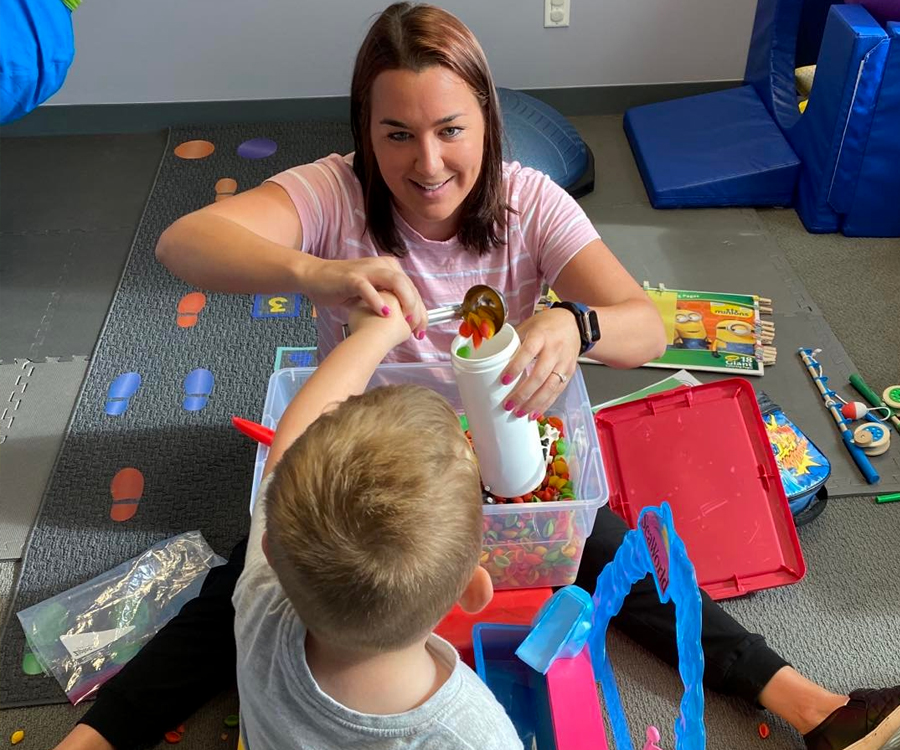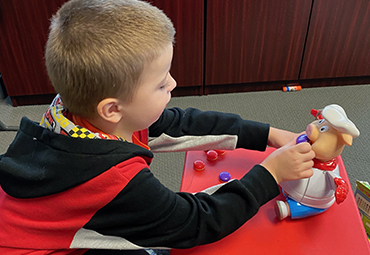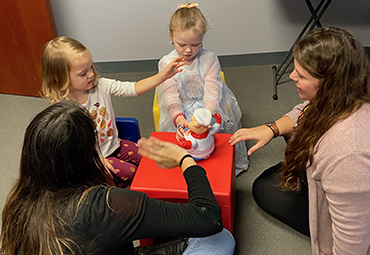
Understanding occupational therapy
A child’s life is made up of “occupations,” or daily activities. These occupations include playing, learning, and socializing. Occupational therapy practitioners work with children and their families to help them succeed in these activities throughout the day. They also help with basic challenges faced by most families, from creating morning routines to choosing appropriate toys. Courtesy AOTA
The two primary areas of pediatric occupational therapy are:
- Fine Motor Skills involve the coordination of the small muscles of the fingers and hand to do tasks such as; holding a pencil, tying shoes, picking up beads, etc.
- Sensory Processing involves the way the brain receives and responds to information collected by the senses. Some examples include poor balance, issues with clothing (scratchy, itchy, etc.), sensitivity to sound, sensitivity to food textures to the point of gagging.
- Cognitive-communication disorders are problems with communication skills
- Expressive disorders are problems with putting words together, having
- Dysphagia/oral feeding disorders are disorders in the way someone eats
- Speech-language pathologists, often called speech therapists


Your role as a parent / caregiver
Speech therapy may be needed for Speech Disorders that develop in childhood or Speech Impairments in adults caused by an injury or illness, such as Stroke or Brain Injury. These are problems with making sounds in syllables, or saying words incorrectly to the point that listeners.
Receptive Disorders are problems with understanding or processing language problems with putting words together, having a limited vocabulary, or being unable to use language.
